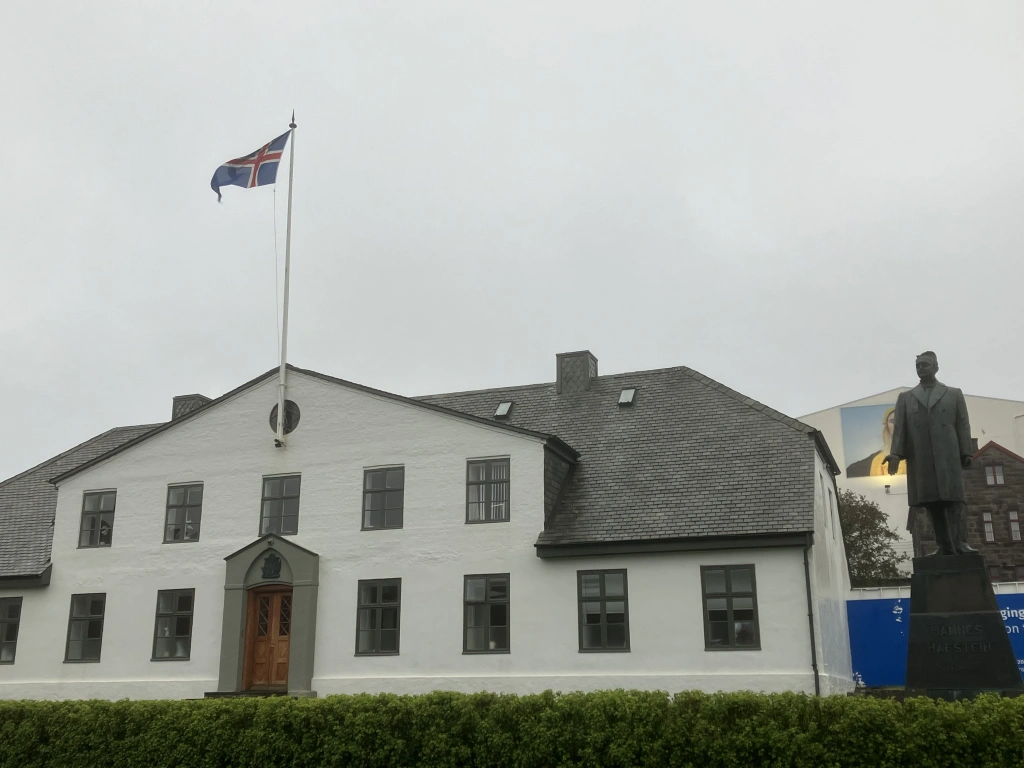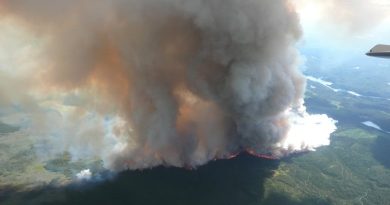Blog—‘Meet Me in the Middle’: Iceland’s Next Government Coalesces

After close to seven years of an unusual left-right coalition governing Iceland, voters on 30 November decided on an extensive political housecleaning, (many after braving harsh winter weather). The outcome of the election was in some ways predictable, as the three parties which had made up the previous coalition, namely the Left-Greens (Vinstri græn) and the centre-right, longstanding Independence Party (Sjálfstæðisflokkurinn) and Progressives (Framsóknarflokkurinn), were facing political exhaustion, infighting, and voter antipathy.
Although the government had managed to navigate the country through the pandemic and resulting economic rebuilding, policy strains began to become too difficult to ignore over the past year. After being chosen to the lead the outgoing coalition in 2017, Prime Minister Katrín Jakobsdóttir stepped down from the position in April this year, and then made an unsuccessful attempt to instead run for president.
Her successor, Bjarni Benediktsson of Independence, and a former finance minister, tried in vain to keep the coalition together despite unpopularity and growing splits with the Left-Greens over several policy directions, including green energy, restrictions on whaling, and immigration policy, including asylum procedures. Unable to go forward under such circumstances, PM Benediktsson requested, and was granted, the option of dissolving parliament and calling for an unusual wintertime snap election.
Campaigns began at a time when Icelanders were facing questions about the health of the country’s economy, including inflation rates, and the financial aftershocks and displacement costs of the volcanic eruptions at Sundhnúkur since late 2023, (the latest eruption, the seventh thus far, began on 20 November). Polling also indicated voter concerns about housing availability, education, immigration, and transportation.
Social Democratic Party biggest winner
If the Independence Party was hoping to be at the forefront of more agreeable coalition after the vote, things did not go according to plan. Eleven parties (in a country with a population of just under 400,000), were serious contenders this year. By far, the biggest winner was the Social Democratic Party (Samfylkingin) led by Kristrún Frostadóttir. The last time that party experienced such a successful election result was in 2009, when it formed a government under Prime Minister Jóhanna Sigurðardóttir. This in the wake of popular anger over the banking collapse and financial crisis (kreppa) which had paralysed the economy the year before and eventually brought down the previous administration of PM Geir Haarde.
The other major opposition parties also experienced significant boosts, including the centrist, pro-business, and pro-European cooperation Liberal Reform Party (Viðreisn), the populist People’s Party (Flokkur Fólksins), and the conservative Centre Party (Miðflokkurinn); all of which picked up seats in the 63-seat Alþingi. The Independence Party lost much of its previous popular vote (dropping to about 19%), but lost only two seats from its previous total. The outcome was less rosy for its erstwhile partners, however, as the Left-Greens walked away with no seats at all, while the Progressives fell from thirteen seats to five.
As the head of the party with the most seats, as per tradition Kristrún Frostadóttir was asked by Icelandic President Halla Tómasdóttir to attempt to form a coalition government of at least 32 seats in order to assure a majority. The Social Democrats then invited the leaders of Liberal Reform and the People’s Party for cooperation negotiations this week. Despite some policy platform differences between the three parties, for example over European policy, (the People’s Party has traditionally been more Eurosceptic than the others, while Viðreisn has previously called for an eventual referendum on European Union membership for Iceland), initial negotiations began with discussions on economic policies and proposals to reduce the number of government ministries.

After the initial discussions, Þorgerður Katrín Gunnarsdóttir, head of Liberal Reform, and her counterpart in the People’s Party, Inga Sæland, were expressing optimism that a formal coalition government could be finalised in short order. Should this government configuration be formalised, this would only be the third time in Icelandic history that a coalition to lead the country would not include parties from the previous administration. The incoming parliament will also include an unusually large number of newcomers.
The new government may be tested early. In addition to many domestic challenges, the next Icelandic government will also face a changed regional neighbourhood, as the Arctic and North Atlantic become more of a security milieu, and the country seeks to better balance its relations with Europe and North America.
Related stories from around the North:
Canada: Online security experts warn against online voting in territorial elections in Northern Canada, CBC News
Finland: Finnish Court annuls 2023 Sámi elections, The Independent Barents Observer
United States: Alaska elections officials hope to avoid rural voting problems, as seen in primary, Alaska Public Media



